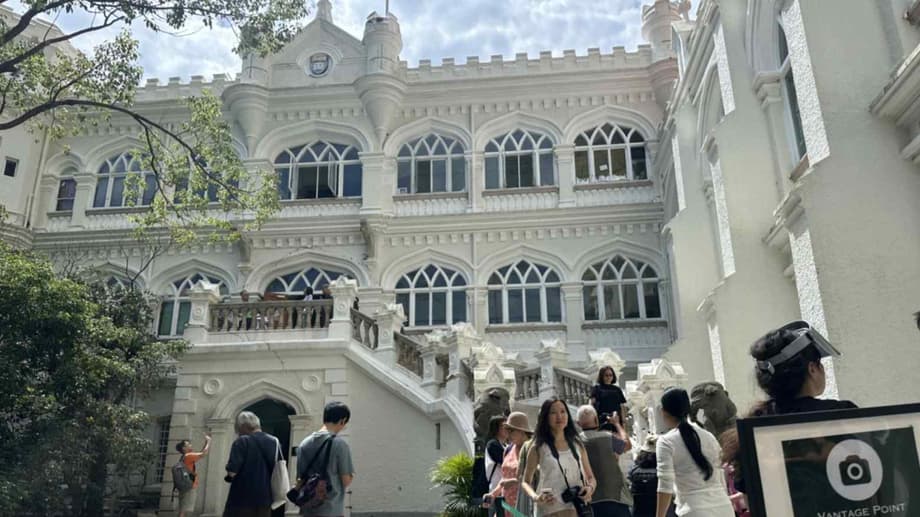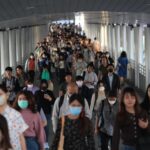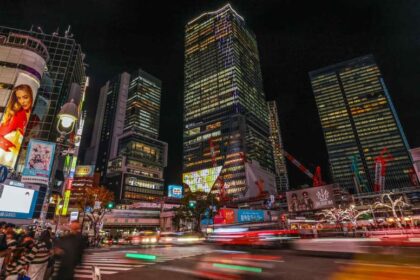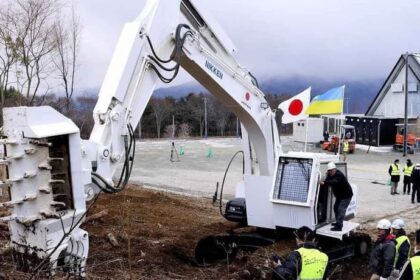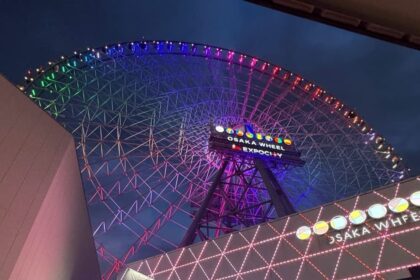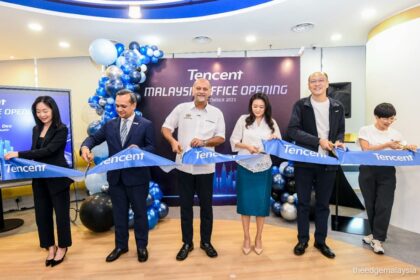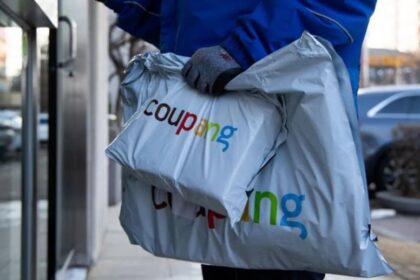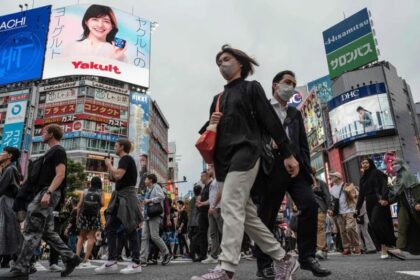Why cinema sites are opening their doors
Hong Kong is turning its own film locations into visitor experiences. Some of the city’s most storied buildings that appeared in classic and modern productions, often closed to casual visitors, are now opening on scheduled tours and special programs. The move taps into a global appetite for screen inspired travel, while helping visitors connect places on the map to scenes they already know. It also dovetails with a push to show more of Hong Kong’s local neighborhoods and cultural heritage, rather than only the skyline and shopping malls. In 2025, authorities identified a set of new hotspots and experiences that put culture and history at the center, including several tied directly to film. These efforts are arriving alongside a rebound in local cinema and a rise in regional visitors who are planning trips around movie backdrops and behind the scenes stories. Travel data point to a sharp jump in arrivals from Japan this year, a sign that fans are building trips around new blockbusters with Hong Kong settings.
- Why cinema sites are opening their doors
- What exactly is opening, and how to visit
- Kowloon Walled City reimagined for visitors
- From golden era nostalgia to a modern box office rebound
- Designing tours for different types of film fans
- Conservation first, access second
- Who is visiting, and why Japan leads the pack
- A sample film themed day in Hong Kong
- Cross boundary links with Macau and the Greater Bay
- Key Points
At the core is a simple idea. If a film scene made a building famous, why not let visitors walk through that doorway, hear the story, and see the craftsmanship up close. City agencies, universities, museums and heritage managers are working with tour operators to open usually restricted sites on select days, offer free guided walks in Cantonese and English, and use timed admission to control crowds. The plan stretches from Central and Western District to Kowloon City, where a new exhibition recreates parts of the Kowloon Walled City in the park built on its footprint. The goal is to create authentic experiences that blend film memories with real history, and to spread visitor spending to small shops, craftsmen and eateries that keep these neighborhoods alive.
What exactly is opening, and how to visit
One of the headline sites is University Hall at the University of Hong Kong, a Gothic revival mansion with roots in the 1860s. The building began life as a trader’s residence, later served as a monastery, and today is a student hall. It also appeared on screen, including in the 1990 film Kawashima Yoshiko. During special open days, visitors can see areas that are usually reserved for residents, learn how the architecture evolved across eras, and hear how filmmakers used its corridors and staircases for atmosphere. Places are limited, so pre registration is required when tours are announced, and guides keep groups small to protect delicate interiors.
The Tung Wah Coffin Home is another powerful stop for film fans and history lovers. The complex is a declared monument that once safeguarded coffins and relics for families awaiting return to ancestral homes, a window into migration patterns that shaped the city. Recent productions have used the site’s quiet courtyards and timber halls to anchor dramatic scenes, and new tours explain both the narrative choices and the social story behind the institution. For many visitors, the combination of film context and the human story of diaspora makes the experience unforgettable.
By late 2025, the Former Yau Ma Tei Police Station is slated to open its doors to the public. The compound, familiar to fans of Hong Kong crime films, will let visitors step through a recreated report room, peer into old cells, and take photos at augmented reality spots that weave actors and props into the frame. Displays are planned on classic police films, with a souvenir corner and a possible long term home for the Police Museum. Tickets and tours will be offered through a new program showcasing the city’s disciplinary services heritage. Exact schedules and capacity rules will be posted closer to launch.
Kowloon Walled City reimagined for visitors
The largest new draw for film centric travelers sits in Kowloon City. A three year free exhibition called Kowloon Walled City, A Cinematic Journey has brought replica sets from the hit film Twilight of the Warriors, Walled In to the park that occupies the former Walled City site. Eight galleries are integrated into blue brick structures around the Yamen, the park’s restored administrative building. Visitors enter through the South Gate to find small businesses rebuilt in meticulous detail, from a traditional barber and a streetside cafe to a fish ball workshop, a grocery, a dental clinic and a Chinese medicine hall. The route leads to a narrow alley interior and a light and shadow rooftop where a short film plays. Entry runs on timed sessions with free tickets, small group sizes and optional guided tours that explain both the production design and everyday life in the original community.
The exhibition sits at the intersection of film memory and urban history. For decades the Walled City was known for labyrinthine lanes, hand strung wiring and thriving informal economies. It was also home to a tight knit community. After the Sino British Joint Declaration, authorities cleared the area and resettled more than 33,000 residents in the early 1990s. The new exhibition invites visitors to move past the legend and see how people lived, while honoring the craft that brought the story back to the screen. Around the district, the City in Time project adds an augmented reality layer to streets and squares, so travelers can hold up a phone and compare today’s view with the past, including scenes tied to the old Kai Tak Airport and the vanished Walled City. Curated food walks introduce Kowloon City’s Thai community and Chiu Chow eateries, deepening the day out beyond the sets.
From golden era nostalgia to a modern box office rebound
Film tourism works in Hong Kong because the movies came first. In the 1980s and 1990s, the city produced hundreds of films a year and shaped global action, crime and comedy genres. Directors, stars and stunt teams became household names across Asia and beyond. Production slowed in the 2000s as costs rose and the local market shrank, yet recent years have brought a new spark. A Guilty Conscience crossed HKD 100 million in 2023, ending its run around HKD 115 million. In 2024, Twilight of the Warriors, Walled In earned about HKD 112.9 million and drew attention at Cannes. The Last Dance finished the year above HKD 150 million, a record for a Cantonese language title. Regulatory changes have altered the landscape for filmmakers, and yet cinema remains central to the city’s cultural identity. The success of these films set the stage for tours that turn screens into doorways.
Streaming platforms and social media have made Hong Kong cinema easier to discover from anywhere. That creates a pipeline of visitors who arrive with scenes in their heads and a desire to compare them with real life. Streets in Central, mid slope stairways and tong lau shophouses in Sham Shui Po carry history in their bricks. When tourism programs link those places to the scenes they hosted, the city starts to feel like a living studio and a living museum at once.
Designing tours for different types of film fans
Not every visitor wants the same story. Research on film driven heritage travel suggests four broad groups. Vigorous Followers chase every connection to a favorite title and want a guide to map scenes to exact camera angles. Curious Investigators welcome film links but prefer that guides focus on the true history of the place. Versatile Explorers enjoy both threads equally and switch between them with ease. Purposeful Avoiders want a heritage visit with little or no reference to the screen. Good programs build for all four, so no one feels boxed in.
In practice, that means layered interpretation. A guide might start with the building’s origin story, then point to where a scene was framed, then offer a sidebar about the craftspeople who still work nearby. Wayfinding can carry QR codes for deeper dives on either film trivia or architectural details. Audio guides can toggle between tracks that emphasize screen stories and tracks that foreground community history. Tours should run in multiple languages, with printed materials for visitors who prefer to explore on their own.
Hong Kong’s new programs already include free guided tours in Cantonese and English, time slots to reduce queues, and pre registration to handle demand. Those simple steps keep the experience smooth and protect fragile sites without dampening the thrill of stepping into a favorite frame.
Conservation first, access second
Many of the locations in these programs are declared monuments or graded buildings. Historic floors, plaster and timber suffer when crowds push through without limits. Managers are using small groups, timed entry and clear rules inside interiors. Visitors can expect restrictions on bags, food and drink, and requests to switch off flash photography where it could harm surfaces or disrupt others. Docents explain why a cordoned off corridor matters and how a staircase has carried a century of footsteps.
Safety matters too. Action films can inspire risky reenactments on stairways or rooftops. Guides are trained to set boundaries and to encourage creative but safe photographs. Clear signage and staff presence help keep tours respectful of residents, university communities and people who still work in these complexes. A protected place is a place that can keep welcoming guests.
Who is visiting, and why Japan leads the pack
Visitor patterns suggest that Japan is driving early gains for film centric travel in Hong Kong. Arrivals from Japan jumped by roughly a third between January and August this year. The surge tracks the success of Twilight of the Warriors, Walled In, whose set reconstructions now anchor the new exhibition in Kowloon Walled City Park. Japanese travelers have long embraced screen inspired trips, from railway pilgrimages tied to anime to visits to coastal towns made famous by television. Hong Kong’s dense streetscapes, vintage neon signs and layered markets offer the kind of visual texture that turns a film walk into a day of photography.
Tourism officials are tailoring campaigns to match that interest, with cultural itineraries that combine film locations, neighborhood food and art events. Partnerships with festivals and galleries help fill a week with reasons to stay. Adding more tours on weekends and public holidays, and building more content in Japanese and Korean, would make these programs even easier to book for regional travelers who are eager to plan short city breaks built around stories they already love.
A sample film themed day in Hong Kong
Start in Central at Tai Kwun, the former police compound that now hosts art spaces and cafes, to set the tone with restored granite and red brick. Walk to PMQ on Hollywood Road to browse studios in a former police quarters, a reminder of how the city reuses its heritage stock. If University Hall is open that day, pre register and ride up to Pok Fu Lam for a tour that blends architecture, faith history and screen moments. Break for lunch in Sheung Wan or Sai Ying Pun, where classic noodle shops share blocks with new cafes, then cross the harbor by Star Ferry.
Spend the afternoon in Kowloon City. Reserve a time slot for the Walled City exhibition and leave time for a stroll through the park’s arches and pavilions. Afterward, explore the nearby streets to sample Thai dishes or Chiu Chow fish balls at long running shops that have served the area for decades. Finish at the Avenue of Stars on the Tsim Sha Tsui waterfront, where plaques and handprints honor Hong Kong film legends against a skyline that has framed countless scenes. When the Former Yau Ma Tei Police Station opens, add it to the route to round off a day that connects screen and street in one compact city.
Cross boundary links with Macau and the Greater Bay
Officials in Hong Kong and Macau have been meeting to design joint promotions that make it simpler for visitors to split time across both cities, with help from the bridge that links Hong Kong, Zhuhai and Macau. Ideas on the table include cruise circuits that stop at both harbors, sports events that rotate venues, and more cooperation between film industries. The aim is a menu of trips where a traveler can book one itinerary and see two cultures in a single weekend, with seamless transport and clear information on visas and tickets.
Culture events add momentum. Art Basel returns each spring with a citywide program, including a film strand and collaborations with museums like M plus and Tai Kwun. For travelers, that means a crowded calendar where a day at a fair can be paired with a night at a screening and a morning at a heritage site. If Hong Kong coordinates schedules with Macau, the region can capture longer stays and spread visitors across more neighborhoods, shops and small venues.
Key Points
- Hong Kong is opening select historic buildings featured in films to visitors on scheduled tours and timed sessions.
- University Hall, Tung Wah Coffin Home and the Former Yau Ma Tei Police Station anchor new programs tied to cinema and heritage.
- A free three year exhibition at Kowloon Walled City Park recreates sets from Twilight of the Warriors, Walled In with timed entry.
- Nine new tourism hotspots focus on culture, neighborhoods and film, with guided walks in Cantonese and English and pre registration.
- Recent local hits, including A Guilty Conscience, Twilight of the Warriors and The Last Dance, have revived interest in Hong Kong cinema.
- Japan is a leading source of film fans, with arrivals up roughly 35 percent this year and strong interest in Kowloon City experiences.
- Programs use small groups, capacity limits and no flash photography rules to protect fragile interiors.
- Visitor research suggests tours should offer layered stories for both film focused guests and history first travelers.
- New digital tools like City in Time add augmented reality views of historic scenes across Kowloon City.
- Joint promotions with Macau and a busy culture calendar encourage longer trips that mix film locations with art and food.


